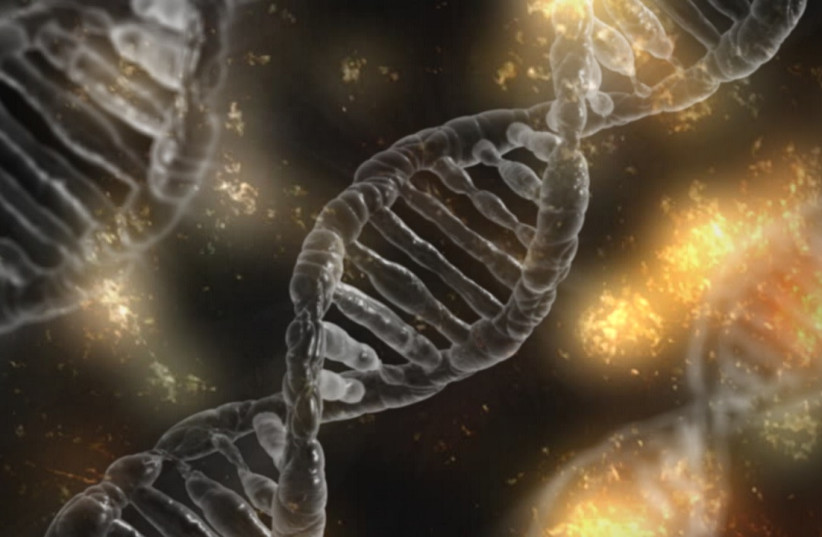The hight of a human nose, meaning the distance from top to bottom, may well have been influenced by the cool climates of Europe and might be a result of Human-Neanderthal interbreeding.
These are some of the insights gained by a recent peer-review study published recently by a group of scientists in the Communications Biology journal.
The researchers based in the UK, China, France, Argentina, Chile, Peru, Colombia, Mexico, Germany, and Brazil used data gathered from more than 6,000 volunteers across Latin America, of mixed European, Native American and African ancestry.
A diverse study sample
Professor Andres Ruiz-Linares explained: “Most genetic studies of human diversity have investigated the genes of Europeans; our study’s diverse sample of Latin American participants broadens the reach of genetic study findings, helping us to better understand the genetics of all humans.”
“It has long been speculated that the shape of our noses is determined by natural selection; as our noses can help us to regulate the temperature and humidity of the air we breathe in, different shaped noses may be better suited to different climates that our ancestors lived in," first author Dr. Qing Li from Fudan University in Shangai said. "The gene we have identified here may have been inherited from Neanderthals to help humans adapt to colder climates as our ancestors moved out of Africa."

The researchers analyzed the participant's genetic information and compared it to photographs of their faces. To see how genetic markers corresponded to facial traits, they especially compared distances between points on the faces, for example the tip of the nose or the edge of the lips.
“In the last 15 years, since the Neanderthal genome has been sequenced, we have been able to learn that our own ancestors apparently interbred with Neanderthals, leaving us with little bits of their DNA, "Dr. Kaustubh Adhikari, one of the authors, explained.
“Here, we find that some DNA inherited from Neanderthals influences the shape of our faces. This could have been helpful to our ancestors, as it has been passed down for thousands of generations,” Adhikari added.
When early humans and Neanderthals interbred after humans immigrated to Europe, where Neanderthals had been living already, humans inherited and kept useful genetic traits like higher noses, the scientists suggest.
